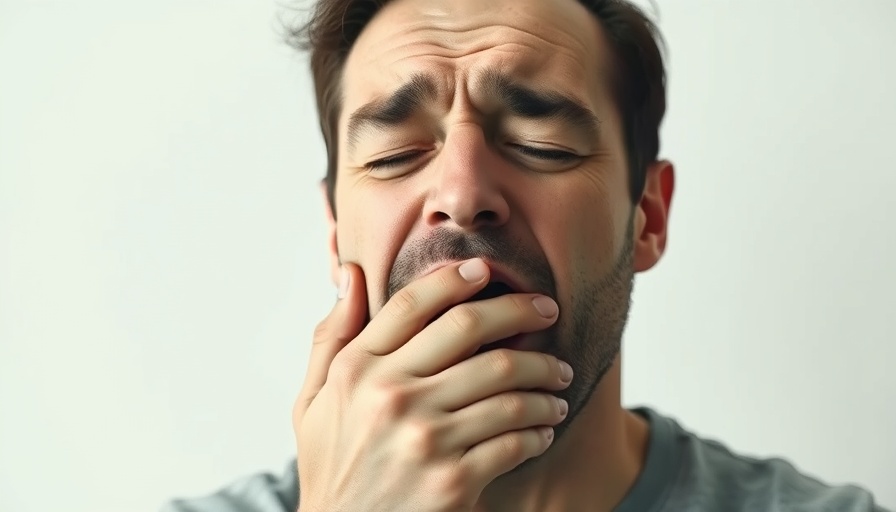
Understanding the Connection Between Sleep Disorders and Neurotransmitters
For those struggling with sleep disorders, recent research uncovers significant insights into how our brains function while we sleep. Specifically, a literature review has revealed that sleep disturbances may be closely linked to dysregulation in the cortico-striatal-thalamo-cortical (CSTC) pathway, primarily affecting individuals with obsessive-compulsive spectrum disorders (OCSDs), chronic tic disorders (CTDs), and attention-deficit/hyperactivity disorder (ADHD). This pathway plays a critical role in managing sleep and wakefulness, and its disruption could lead to numerous sleep problems.
Neuroscience and Sleep: What’s Really Happening?
The review, published in the Harvard Review of Psychiatry, highlights the involvement of neurotransmitters like dopamine and GABA in the CSTC circuitry. These neurotransmitters are essential for maintaining healthy sleep patterns, and their imbalance can lead to poor sleep quality. The authors evaluated 42 studies that explored these relationships, focusing on how co-occurring disorders affect sleep in both adults and children.
How Do Sleep Disorders Manifest?
Interestingly, individuals with OCSDs or CTDs often report objective sleep movement disorders, which can be quite distressing. Children with these conditions also exhibit subjective findings that suggest poor sleep quality. Disruptions in sleep spindles—and even sleep latency problems—were consistently noted across the studies reviewed. This paints a clear picture that not only do these disorders affect daytime productivity, but they also critically impact nighttime rest, creating a cycle that exacerbates symptoms of both sleep disorders and CSTC-conditions.
Sleep Disturbance Patterns: A Bidirectional Relationship
The review highlights an important finding: the relationship between sleep disturbances and CSTC conditions is bidirectional. On one hand, disordered sleep could be an intrinsic part of these syndromes, and on the other, insufficient sleep could impair brain connectivity and possibly lead to structural changes in the brain. Therefore, understanding this relationship is crucial for developing effective treatments.
Strategies for Managing Sleep Disturbances
When it comes to tackling sleep disturbances in individuals with CSTC conditions, several strategies can be adopted:
- Treatment of the underlying condition: Addressing OCSDs or CTDs may also improve sleep symptoms.
- Direct treatment of sleep issues: Approaches such as therapy and medication to promote better sleep could provide immediate relief.
- Adopting lifestyle changes: Simple changes like reducing screen time before bed or establishing a bedtime routine can also greatly improve sleep quality.
For anyone experiencing sleep challenges, recognizing the interconnectedness of sleep and mental health is crucial. While medications can provide some relief, practical lifestyle adjustments often form the backbone of sustainable sleep improvement.
The Emotional Impact of Sleep Disturbances
Dealing with sleep disturbances can take a toll on emotional well-being. Individuals may feel frustrated, anxious, or depressed when they cannot achieve restful sleep. Engaging in supportive communities or seeking professional help can empower individuals to address these feelings. Remember, it's completely normal to seek support—many people struggle with sleep issues.
Final Thoughts and Call to Action
As we learn more about the links between sleep and various mental health conditions, it becomes increasingly clear that a multifaceted approach is essential in managing sleep disturbances. By combining treatment for sleep and underlying mental health conditions, along with practical lifestyle changes, individuals may find themselves on a path towards better rest and improved overall well-being. If you or someone you know is affected by sleep issues, consider reaching out to health professionals who can help tailor a plan that works for you.
 Add Row
Add Row  Add
Add 




Write A Comment